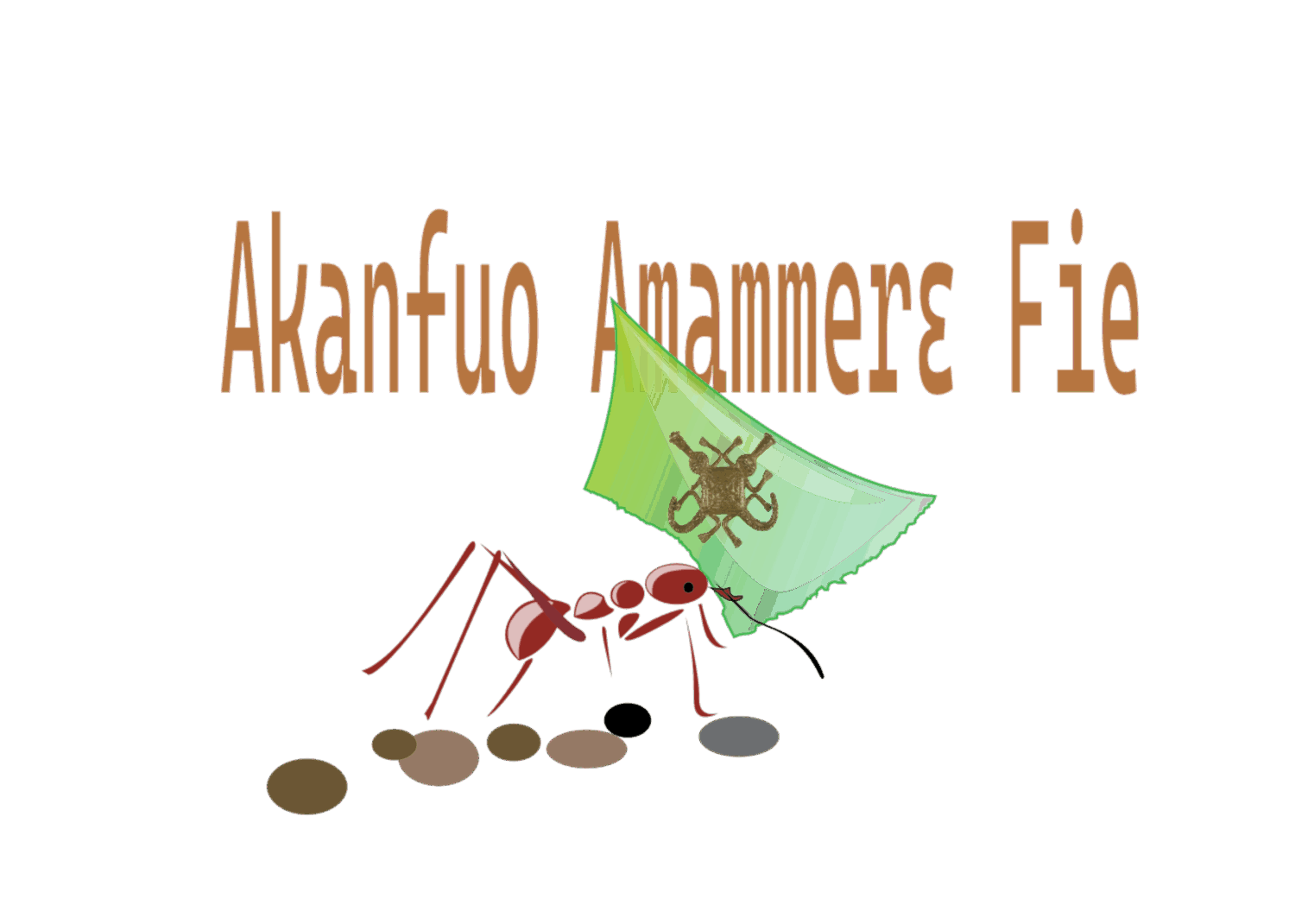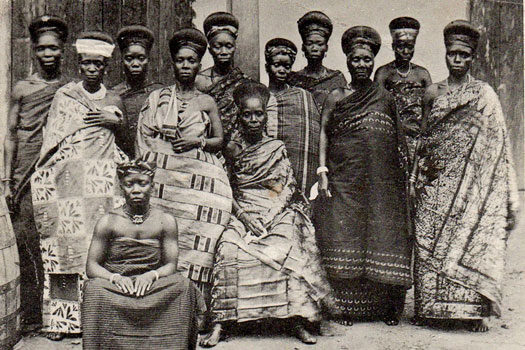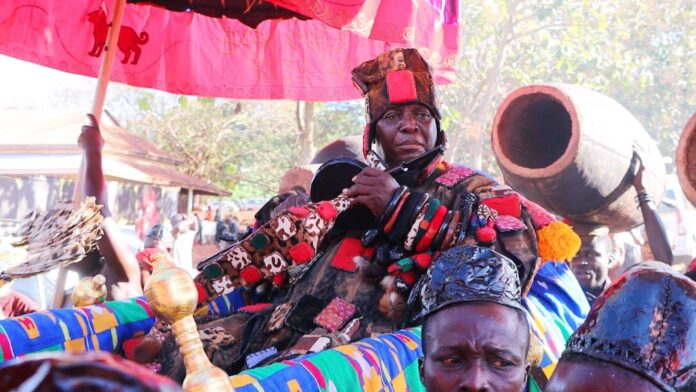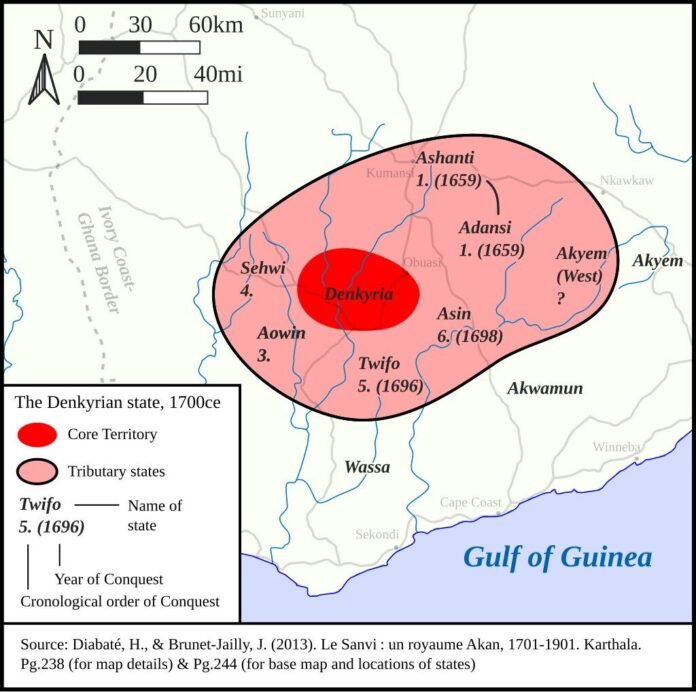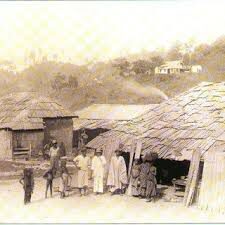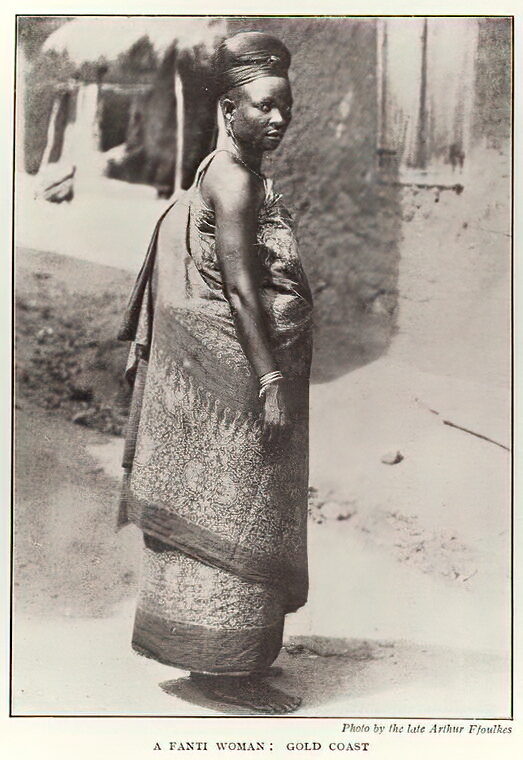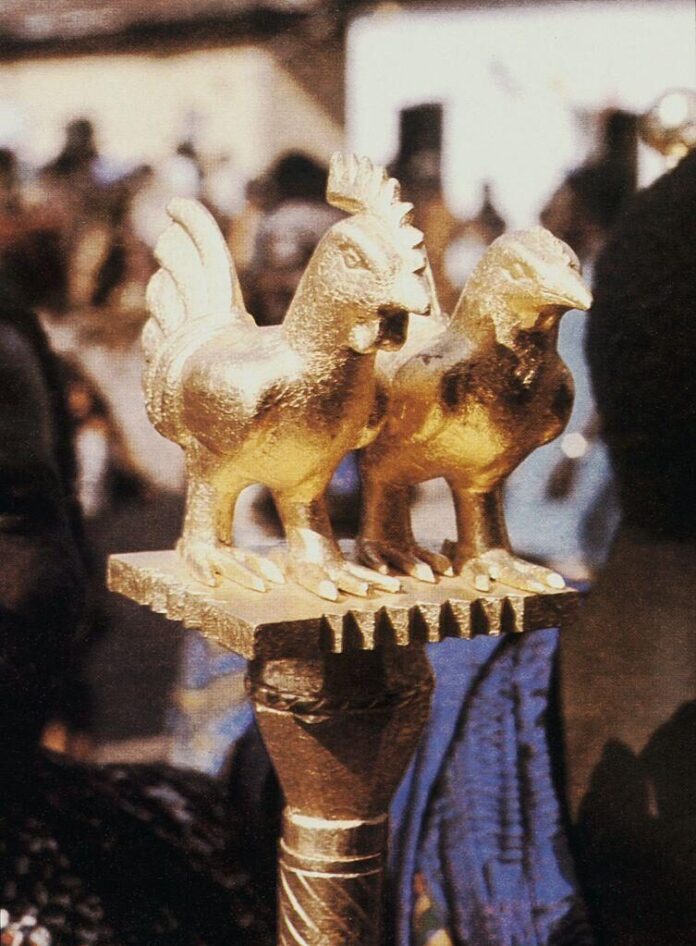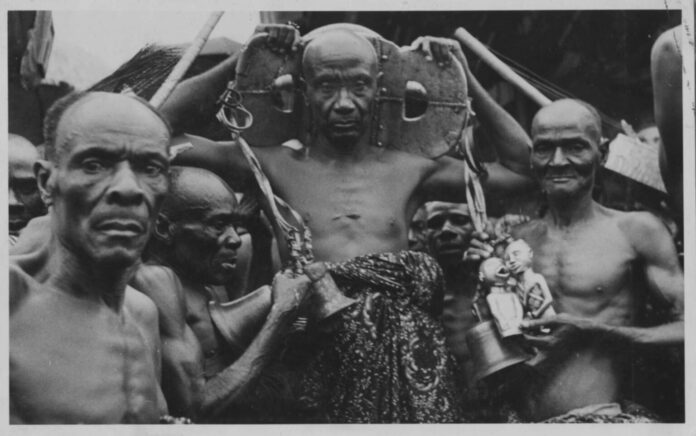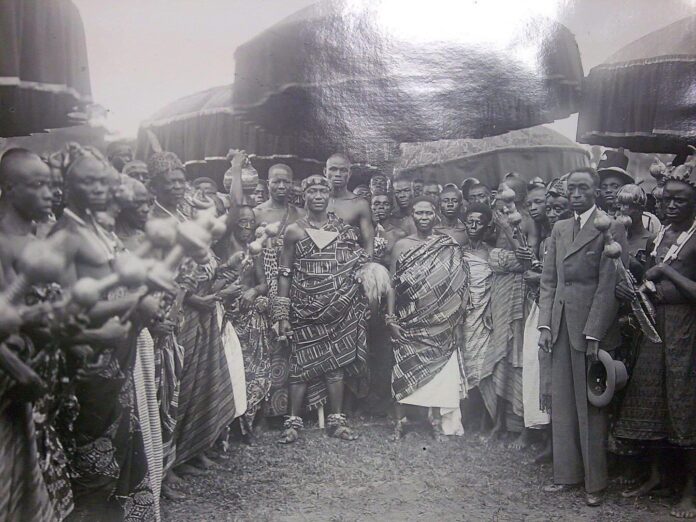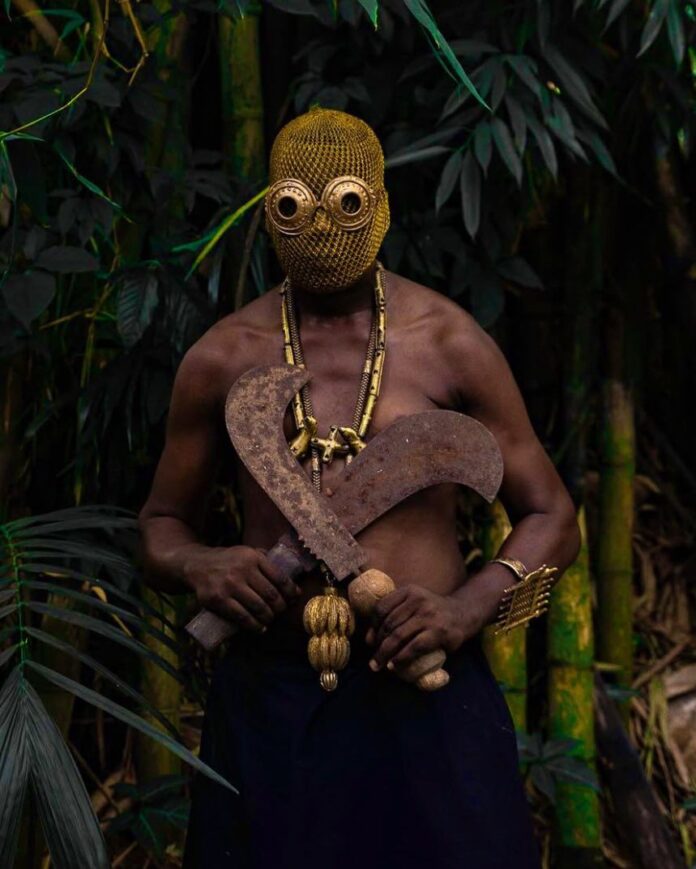Akwamu, an Akan state (c. 1600–1730) of the Gold and Slave coasts of western Africa. At its apogee in the early 18th century, it stretched more than 250 miles (400 km) along the coast from Whydah (now Ouidah, Benin) in the east to beyond Winneba (now in Ghana) in the west.
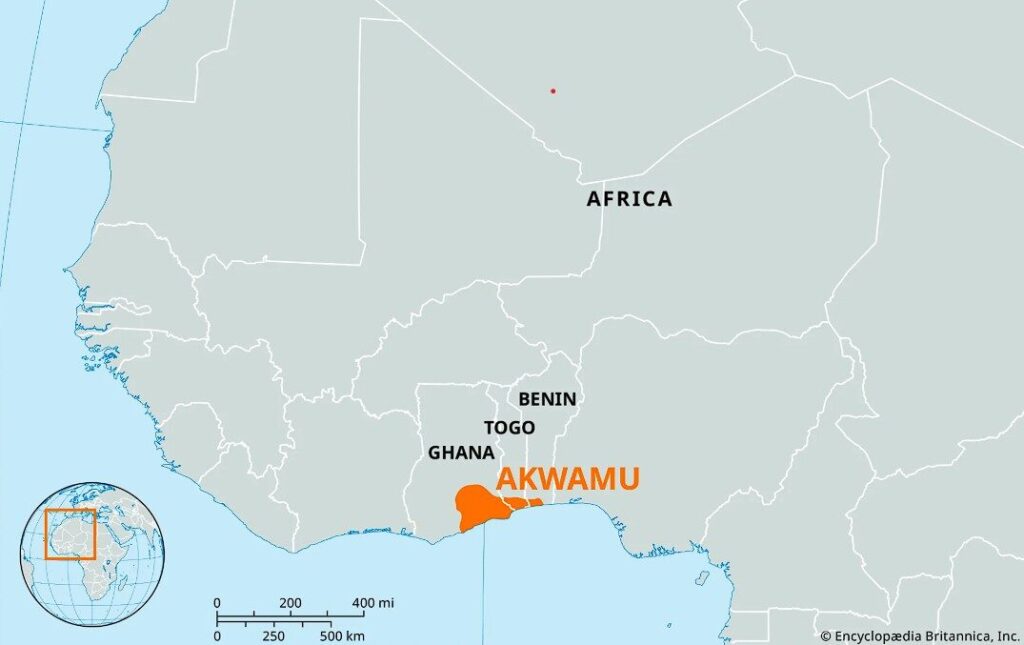
The 1733 slave revolt on St. John, then a Danish West Indies outpost now part of the U.S. Virgin Islands, still stands today as one of the boldest acts of resistance a people have put up against injustice in any form.
This revolt was led primarily by enslaved Akwamu people from what is today Ghana. It showed the fire of those who refused to stay chained, holding the island for months and setting a spark for future uprisings. The Akan blood is proud, never one to suffer injustice lying down, and even less so the Akwamu!
By 1733, enslaved Africans outnumbered Europeans five to one, with 1,087 in bondage against 206 whites. Most came from West Africa, including men and women from Akwamu, captured after their kingdom’s fall in 1730 to their Akyem rivals, and subsequently sold into the brutal sugar plantations.
On November 23, 1733, the uprising ignited at the Coral Bay fort. Rebels, posing as firewood deliverers, hid cane knives in bundles and struck, killing all but one guard to claim the outpost.
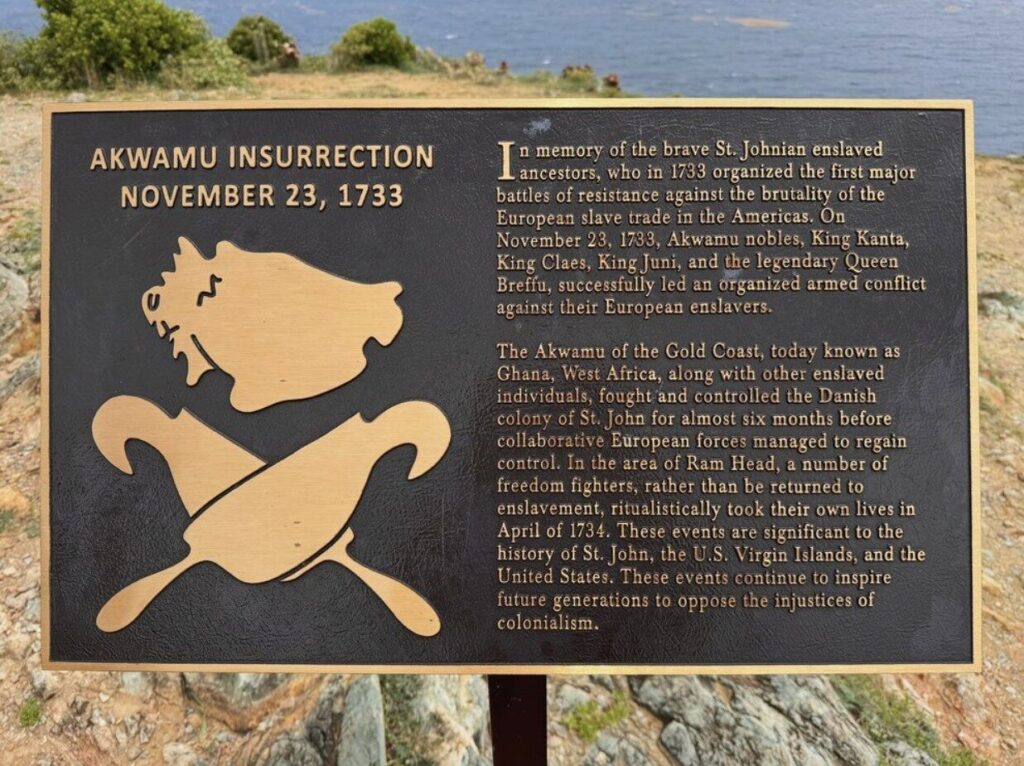
They swiftly overran plantations, aiming to run the island themselves and grow crops on their terms.
Key figures drove the fight. Breffu, often called a queen for her command, led from Pieter Krøyer’s estate, alongside King Claes, Prince Aquashie, and others like Kanta and Juni. These Akwamu, well-known warriors in their homeland, brought tactics that kept Danish forces at bay.
Breffu especially stood out, directing raids and holding ground with fierce strategy and showing wit that had once held the fort in wars among other Akan groups. Her role must have left a lot baffled, but the Akans have always held in the highest virtue women of valor and creativity. And for over six months into August 1734, rebels commanded most of St. John, repelling Danish attacks time and again.
British aid from nearby islands arrived, but an ambush drove them back to Tortola. This lasted until French troops from Martinique, about 400 strong, finally tipped the scale, but many rebels chose death over recapture, ending in mass suicides.
Indeed, this was the first time enslaved people entirely took a colony, lasting longer than most American revolts and inspiring later fights like those that happened in Haiti.
